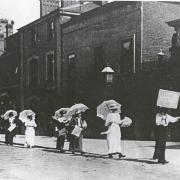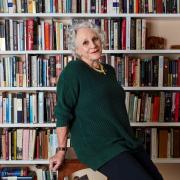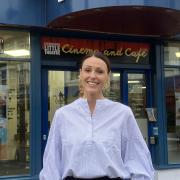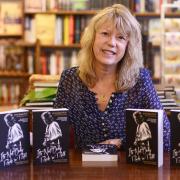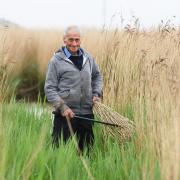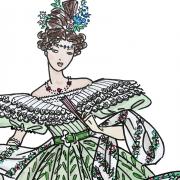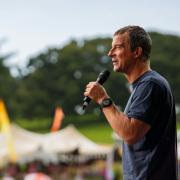Music writer Bruce Lindsay reveals the fascinating and influential lives of two Norfolk singers

Simon and Garfunkel’s Scarborough Fair might never have existed without Norfolk fisherman Sam Larner and farm worker Harry Cox.
Folk singers Sam and Harry never met but were born just six miles apart. Both started work as children, served in the Royal Navy during the First World War and became key figures in the folk revival of the 1950s and 60s.
Two Bold Singermen and the English Folk Revival, by Norfolk writer Bruce Lindsay explores their lives, songs and legacies and is believed to be the first detailed biography of the two great Norfolk musicians.
“Their impact extends to the current generation of performers and composers in the folk, Americana and singer/songwriter fields and even to Hollywood,” said music writer Bruce of Taverham, near Norwich. “I’ve been a fan of Harry and Sam since I was a teenager.”

Sam was born in Winterton, near Yarmouth, in 1878, where there is a commemorative blue plaque on the wall of his Bulmer Lane cottage. He first went to sea as a cabin boy at 13 and grew up singing the traditional fishing songs and sea shanties of the east coast of Britain. His seafaring story eventually became internationally known as Ewan McColl’s ballad The Shoals of Herring.
Harry, who was born in 1885, lived in the Potter Heigham area for most of his life, working on farms - and singing the traditional songs of the countryside. Both men sang in local pubs and clubs - and towards the ends of their lives performed in front of large audiences in London. Sam died in 1965 and Harry in 1971.
Many of their songs are still sung worldwide. “Luke Kelly, who formed The Dubliners, heard Harry singing Black Velvet Band and it was Harry’s version that Kelly taught to his bandmates and turned into an international hit,” said Bruce.
Ewan MacColl and Peggy Seeger (about whom Ewan wrote The First Time Ever I Saw Your Face) recorded Sam at his home in Winterton and Harry can be heard on Chumbawamba’s Jacob’s Ladder and the soundtrack to Simon Schama’s History of Britain television series.
Then there is Scarborough Fair. “Martin Carthy saw Sam in concert in London in the mid-1950s and was so impressed by him that he decided to become a professional folk singer,” said Bruce. “When Bob Dylan and Paul Simon visited England in the early 60s they both met Martin, who taught them songs and tunes, most famously, Scarborough Fair, which became a hit for Simon. The Norfolk version of the song replaces parsley with savory.”
Two Bold Singermen and the English Folk Revival, by Bruce Lindsay, is published by Equinox.













